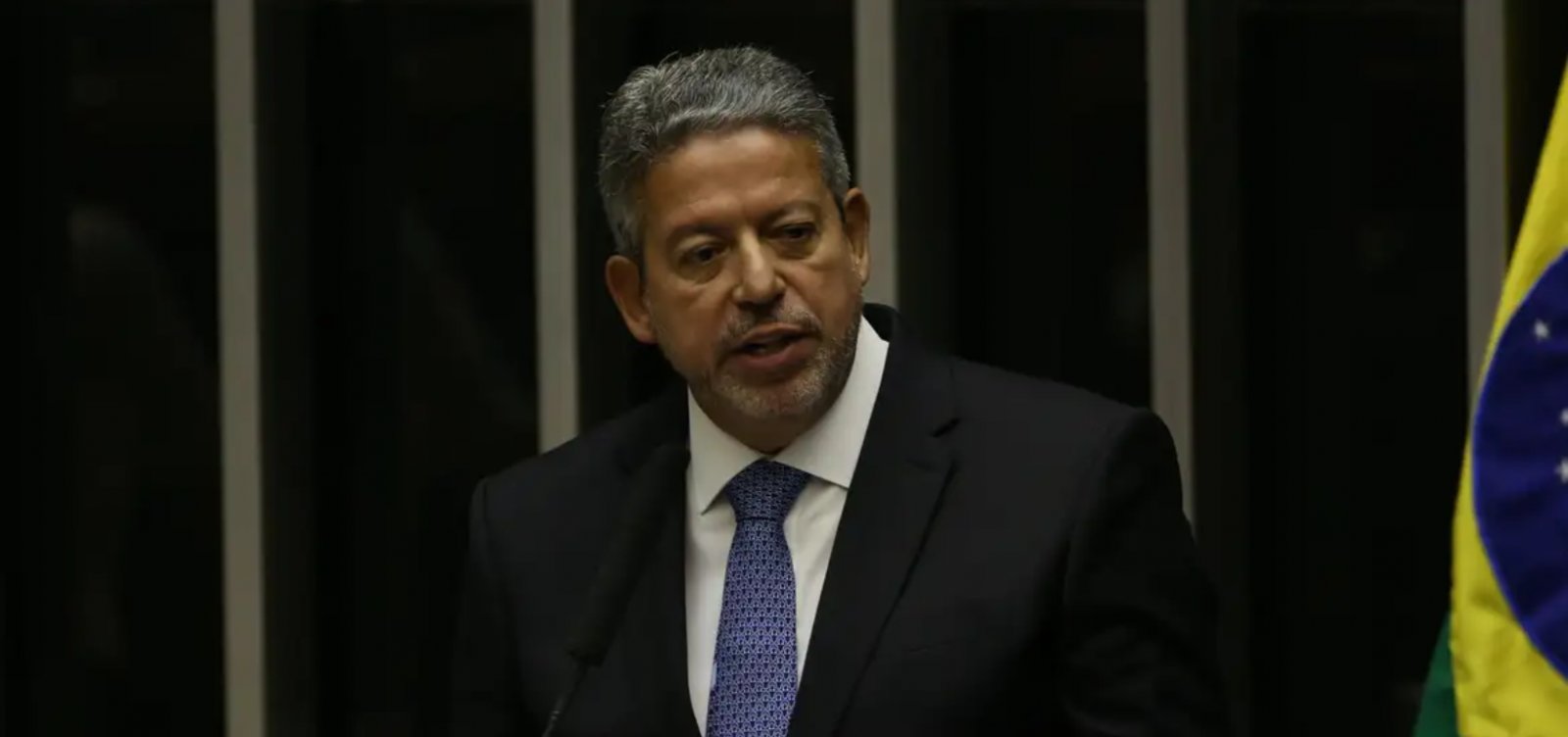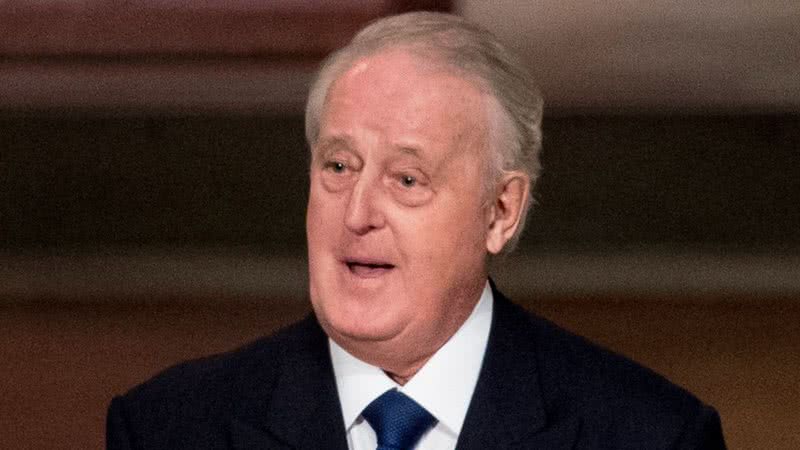While Russia’s invasion of Ukraine is expected to fuel a wave of Moscow-sponsored online disinformation in the coming weeks and months, constitutional disinformation dominated much of the discussion in Ottawa during the occupation of the city center by anti-vaccine mandate protesters.
Many protesters upset by the vaccine mandate have come to Ottawa with a misunderstanding of the limits of constitutional freedom and how Westminster’s parliamentary system works.
Protesters who blockaded the city waved copies of the Charter of Rights and Freedoms in the air chanting “freedom, freedom” to police officers and citizens trying to run their businesses. They claim they are free to protest in Ottawa indefinitely, to rule the streets to make their point.
Many of those who participated in and supported the blockade signed a memorandum of understanding issued by Canada Unity, one of the groups that organized the convoy. The MOU asks the Governor-General and the Canadian Senate to somehow form a new government with the protesters themselves.
When the federal government finally invoked the Emergency Act to clean up the city, many of those who blockaded the city claimed that martial law had been imposed and their rights had been violated or abolished.
Let’s look at these claims and compare them to the facts in the Canadian Charter of Rights and Freedoms and the Constitution.
Does the charter protect all Canadians’ freedoms indefinitely?
The Charter of Rights is part of the Constitution. It outlines the rights and freedoms of Canadians and the limits to those freedoms.
The first part of the charter “guarantees the rights and freedoms set forth in it subject to only those reasonable limits determined by law that can be proven justified in a free and democratic society.”
Legally, that means that the freedoms and rights stated in the charter are not absolute. To use the most popular analogy, one person’s freedom to swing one’s arm ends at the tip of the other person’s nose.
When rights are restricted, they must be “prescribed by law” — to broaden the analogy, you can’t prevent someone from swinging their arms by cutting them off. Limitations of freedom must be precise so that they can be measured by legal standards.
The Oakes test is used to determine whether limiting charter rights is reasonable and lawful. The Oakes test says that the goal of limiting rights must be urgent and significant and the means of limiting rights must be proportionate.
The Oakes test also requires a rational relationship between the goals to be achieved by the government and the rights it constrains. Rights can be limited only sufficiently to achieve the goal and the harm caused by the restriction of freedom must be balanced with the goal.
Martha Jackman, a constitutional law expert at the University of Ottawa, said that “the government must meet all” requirements for the Oakes test.
“So if something is irrational, it is enough for the government to lose the ability to justify something, whether it is irrational or disproportionate,” he said.
Canadian courts have been working on the Oakes trial case by case since the charter first took effect.
Are the protesters exercising their legal right to peaceful assembly?
Part two of the Charter of Rights and Freedoms enshrines “freedom of peaceful assembly” – but leaves it up to the courts to decide what “peaceful” means.
Court rulings since 1982 define the right to peaceful assembly including the right to hold protests on public streets, to camp in public parks as part of those protests, and the right to wear masks during protests.
Although the court’s decision guarantees this right of public assembly, it is not absolute. Like all charter rights, they are subject to “reasonable limits determined by law.”
According to Canadian case law, gatherings cease to be peaceful when people start rioting or when the gatherings seriously disturb the peace. The right to assembly also does not include the right to physically impede or block lawful activities.
Jackman said the protester’s belief that the protests were peaceful did not free him from legal restrictions. Peaceful, nonviolent protests that prevent patients from accessing hospitals, for example, may be restricted by law.
“A peaceful assembly that violates municipal, provincial and federal laws, may be peaceful within the contours of a peaceful assembly guarantee but that does not mean that it is not subject to reasonable limits,” Jackman said.
What is Martial Law?
Martial law is most often defined as the suspension of a country’s laws, including civil liberties, and can involve replacing a democratically elected government with police or military authority.
“Military law isn’t really a fixed legal concept in Canada,” Jackman said.
“The Emergency Act is really our most powerful piece of legislation in Canada to deal with a national emergency, but it’s not martial law.”
The Emergency Act does not suspend legislation or place the military in charge of the Canadian government. In fact, the State of Emergency Act stipulates that any action taken by the government while it is in effect is subject to the Canadian Charter of Rights and Freedoms and the Canadian Human Rights Act.
The law also states that the government cannot rule by the cabinet as long as the law is in effect and all orders and regulations issued while the Emergency Act is in effect must be reviewed by Parliament. The law also explains how Canadians affected by government actions during an emergency must be compensated by the state.
Can citizens or the Governor-General force the dissolution of the government?
Governor General Mary Simon’s office received so many phone calls and emails from people asking him to dissolve the federal government during the blockade that he had to issue a statement explaining that he did not have that power.
Under Canada’s Westminster form of parliamentary democracy, the Governor-General acts as deputy to the Queen and dissolves Parliament at the request of the prime minister. When Parliament is dissolved, new elections are called.
The Governor-General has constitutional discretion to reject the prime minister’s request to dissolve Parliament, but it is generally understood that this will only happen if elections have taken place recently and another party is capable of forming a government.
In 1926, Prime Minister William Lyon Mackenzie King asked Governor-General Lord Julian Byng to dissolve the minority parliament and call new elections. Byung refused. King resigned and, a few months later, led the Liberals to a majority victory.
Since then, no governor-general has rejected the prime minister’s request to dissolve parliament. The governor general has also never dismissed a prime minister and government directly.
Citizens can only register their “distrust” in government by voting in an election — by giving another party or a combination of parties sufficient seats in the House of Commons to form a government.
Apart from a direct request from the prime minister, the only other way to dissolve Parliament is through the time limit set in the law. The Constitution limits the length of each Parliament to five years.
Section 56.1 of the Canadian Elections Act, which was updated in 2007, limits the duration of a Parliament to four years. Elections can still be held by the Governor-General before the end of the four-year term, but only on the advice of the prime minister.
The government is only replaced when the prime minister resigns or is dismissed by the Governor-General. The Governor-General’s discretion to dismiss the prime minister is very narrow and limited by constitutional conventions.
Philippe Lagassé, a professor at Carleton university with expertise in parliamentary executive power, said the large number of emails and phone calls the Governor-General received from convoy protesters was more evidence of recent trends in the protest movement.
“It has become routine in Canadian politics to write letters to the Queen, the Governor-General or the Lieutenant Governor asking them to exercise their powers in a certain way, which goes against constitutional conventions,” he said. “This is political theater, nothing more.”

“Coffee aficionado nerd. Troublemaker. General communicator. Gamer. Analyst. Creator. Total brew ninja.”






